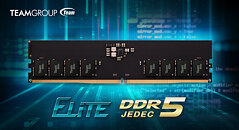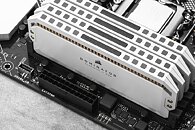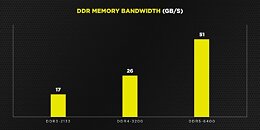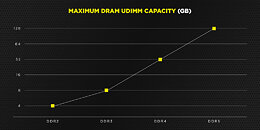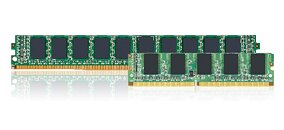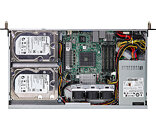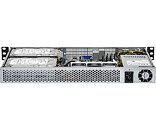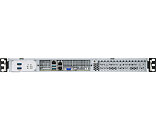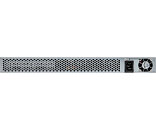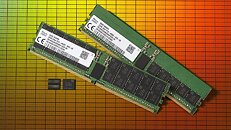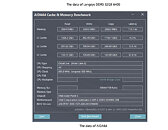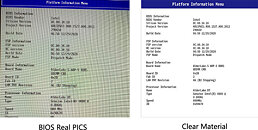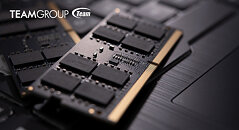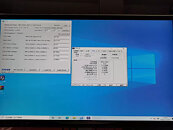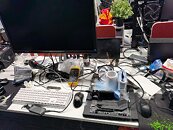FORESEE Launches Commercial DDR5 to Empower Big Data Era
Since 2020, data centers have seen additional development opportunities driven by new infrastructure. For this reason, DDRs have been developed to become faster and more efficient. On July 14, 2020, JEDEC released the DDR5 SDRAM standard, marking the industry-wide transition to DDR5 server dual in-line memory modules (DIMMs). In China, mainstream manufacturers are gradually focusing on DDR5, striving to promote its widespread commercialization. DDR5 brings with it a series of crucial improvements to help empower next-gen servers with better performance and lower power consumption.
With 22 years of experience in the storage industry, Longsys is constantly accumulating industrial experience while remaining centered on R&D technology. As the first company in China to do so, it has made multiple DDR5 test data items publicly available. FORESEE, the industrial storage brand of Longsys, has recently launched commercial DDR5 U-DIMM, available in 16 GB and 32 GB options.
With 22 years of experience in the storage industry, Longsys is constantly accumulating industrial experience while remaining centered on R&D technology. As the first company in China to do so, it has made multiple DDR5 test data items publicly available. FORESEE, the industrial storage brand of Longsys, has recently launched commercial DDR5 U-DIMM, available in 16 GB and 32 GB options.

































